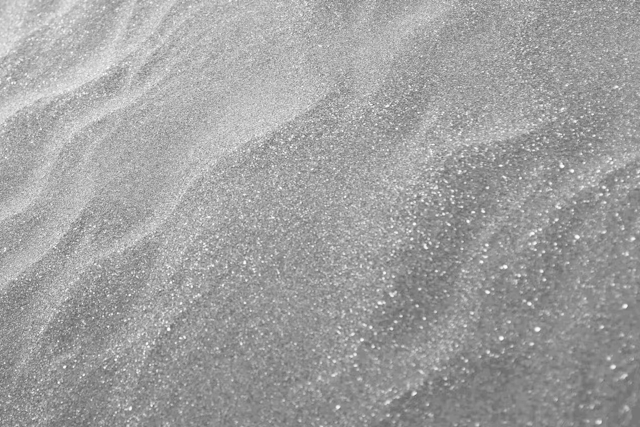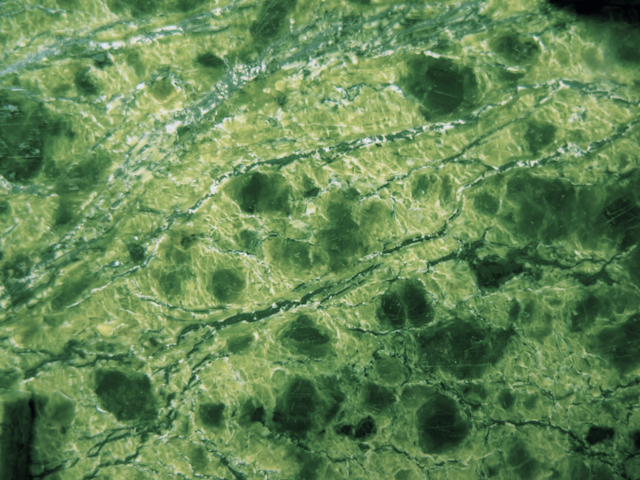Our portfolio
We work with a multidisciplinary group of top scientific experts to help us evaluate promising carbon removal technologies. You can explore our growing portfolio of projects below or review our selection process here, or read our purchasing perspectives.














































